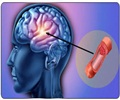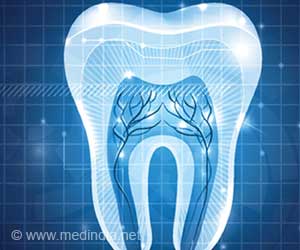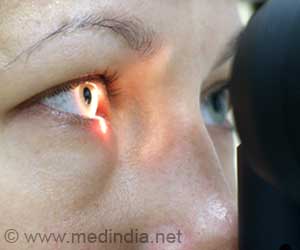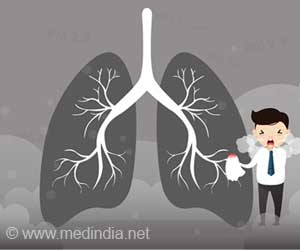Enhancing spinal plasticity increases the benefits of rehabilitative training and improves recovery from stroke. It reduces permanent disability in survivors.
- Enhancing plasticity in the spinal cord during chronic stroke may improve recovery from impairment of the nerves.
- It also has the potential to reduce permanent disability in stroke survivors.
- Injection of the spinal cord with chondroitinase ABC also results in moderate improvements in impaired nerves.
In an experimental therapy being tested at the University of Alberta spinal plasticity therapy results in enhanced recovery from stroke. When they also combined the spinal therapy with rehabilitative training, recovery amplified further.
"These are deficits that previously have been thought to be untreatable and people just learned to live with them," added Anna Wiersma, lead author of the study and a recent PhD graduate at the U of A's Neuroscience and Mental Health Institute. "The fact that these might not actually be untreatable and that we have an opportunity to help patients who are in the chronic stages of stroke is really exciting."
Stroke is the most common cause of adult disability in Canada. Currently more than 400,000 Canadians are living with the effects of stroke. The typical path of recovery involves intensive rehabilitation therapy. In the first few weeks following a stroke, patients experience gains as the brain rewires itself, but they will eventually plateau and rarely regain full capacity, even with ongoing rehabilitation.
Spinal injection with chondroitinase ABC (ChABC) may enhance recovery without therapy
By injecting a drug called chondroitinase ABC (ChABC) into the spinal cord of rats 28 days after they suffered a stroke, the research team found that they were able to enhance recovery by inducing amplified rewiring of circuits connecting the brain to the spinal cord.
The drug also removed the inhibition of growth, allowing for new connections between the unaffected motor areas in the brain and the spinal networks that control movement.
"The idea here is there is still something we can potentially do for people that would give them a second wave of recovery," said Winship. "That's pretty exciting because (rehabilitation efforts) have a ceiling effect. You can only achieve so much recovery. This drug could remove that ceiling."
Winship and Wiersma speculate one solution may be to introduce the drug through another way than through injection. They believe using a viral vector could make cells genetically express ChABC instead of having it injected directly. The solution would allow for longer-lasting expression and greater spread within the spinal cord.
"The potential is there but at this point we need a lot more evidence that this is going to be something that is truly effective," said Winship. "This approach is still a long way from the clinic, but this gives us real evidence that there are things we can do for people with permanent disability after a stroke."
References:
- Anna M. Wiersma, Karim Fouad and Ian R. Winship. Enhancing Spinal Plasticity Amplifies the Benefits of Rehabilitative Training and Improves Recovery from Stroke, Journal of Neuroscience DOI: https://doi.org/10.1523/JNEUROSCI.0770-17.2017
Source-Eurekalert
















